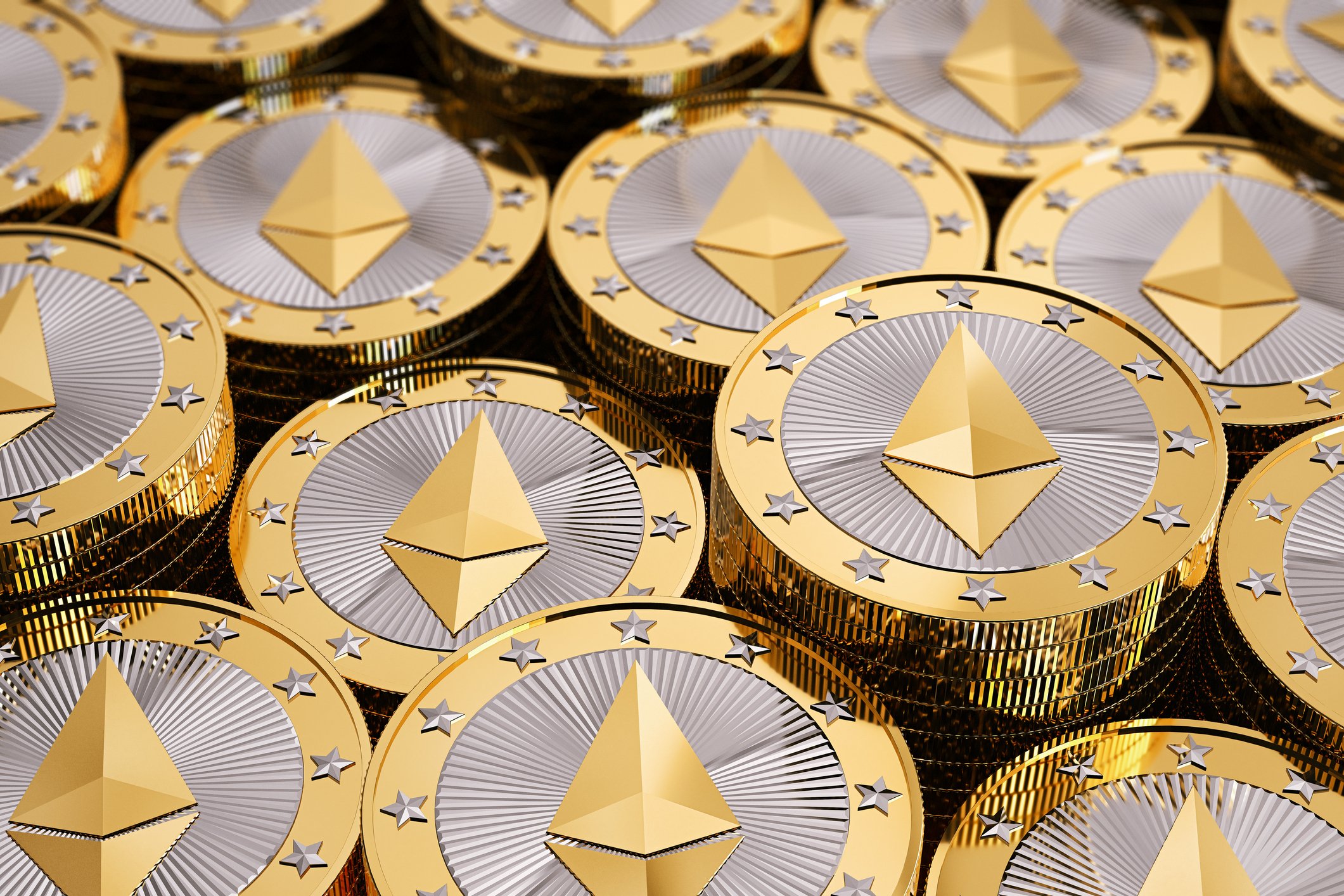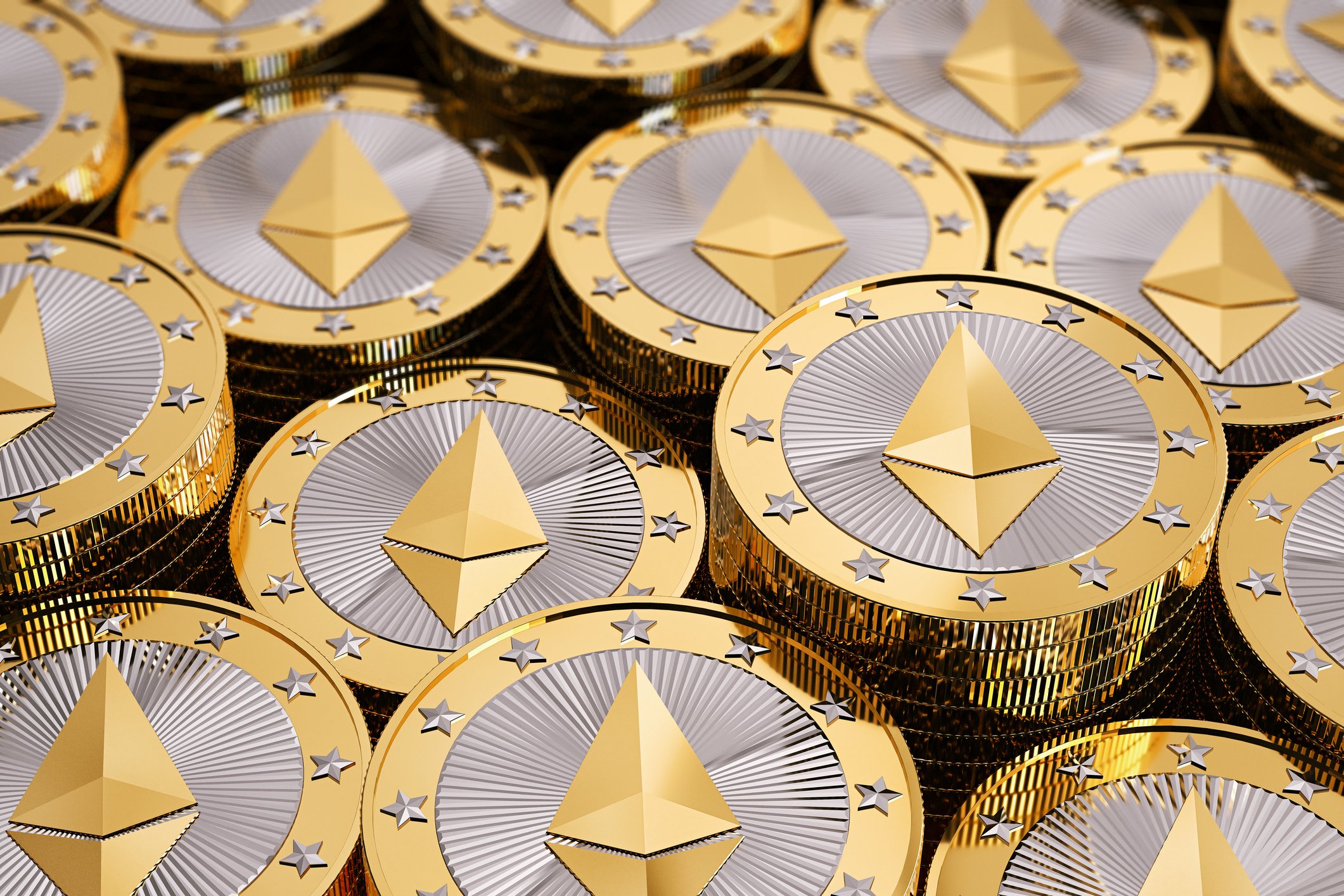As stablecoin issuers scale up, more dollars are living on public blockchains, and that extra liquidity tends to flow into the ecosystems best equipped to put it to work. And, given that the value of the stablecoin market just set fresh highs, with total supply around $270 billion and up roughly 5% in the last month, there's no time like the present for the best-positioned chains to be capturing billions of inflows.
In my view, the biggest beneficiaries of the growth in stablecoin value are likely to be Ethereum (ETH 0.98%), Solana (SOL +2.51%), and XRP (XRP +0.59%), and more or less in that exact order. Here's how this could play out and why.

Image source: Getty Images.
With stablecoins, liquidity begets liquidity
Stablecoins are tokens designed to track a fiat currency like the U.S. dollar while riding on public blockchains. They have become one of crypto's transaction settlement layers for everything from trading to payroll, and they're also a store of value that's quickly becoming second only to Bitcoin within the crypto sector.
The supply of stablecoins is expanding briskly. Tether says that circulating USDT, its stablecoin, now exceeds $162 billion, with its reserves anchored in U.S. Treasury bills. Circle shows roughly $64 billion USDC outstanding as of early August.
But where is that liquidity landing right now?
Ethereum hosts the deepest stablecoin base at roughly $137 billion, built from its long-running dominance in the decentralized finance (DeFi) segment. Solana has grown into the clear No. 3 chain for stablecoins, at about $11 billion, with USDC constituting the majority.

CRYPTO: ETH
Key Data Points
The second-order effect here is simple. More on-chain dollars mean more investor confidence in the chain's features. This creates more potential demand for blockspace, more staking fees for the chain's validators, and, eventually, more actual activity on the chain that compounds into token value over time.
That sets the stage for Ethereum, XRP, and Solana to grow significantly, each for different reasons.
How these coins will ride the stablecoin wave
Ethereum is the liquidity workhorse with the biggest ecosystem. It already hosts most tokenized fund experiments from major asset managers.
In other words, Ethereum tends to convert stablecoin deposits into real investment activity quickly, so there's a tailwind for it whenever issuance expands, like now. Assuming stablecoin supply keeps climbing and regulators keep green-lighting new asset issuers and funds, Ethereum's share of that activity should remain significant, even with growing competition. It's not guaranteed, but the base case here favors its continued leadership.

CRYPTO: SOL
Key Data Points
Solana's appeal is in its speed and its transaction costs, which are lower than Ethereum's.
Those features make stablecoin-based payments, applications, and consumer experiences feel very smooth for users, and, over the long run, it will likely continue to capture some of Ethereum's value share. For Solana, the thesis is thus that more payment- and app-driven stablecoin transaction volume compounds into more usage and DeFi application fees on its network.
In contrast to the above two coins, XRP's roadmap has always tilted toward catering to the needs of banks, fintechs, and cross-border payment processors. Thanks to the development activities of XRP's issuer, Ripple, the ledger now has a native automated market maker (AMM) and long-standing built-in compliance controls like authorized trust lines and issuer freezes that financial institutions value in stablecoins.
The recent launch of Ripple's own dollar stablecoin thus adds a native settlement asset aligned with that strategy. Its coin has already crossed $640 million in circulation, and Ripple is layering in payments integrations and acquisitions of stablecoin platforms to accelerate adoption. The bet for XRP holders is that enterprise-grade stablecoin rails on the chain will pull in more payment volume over time.
So, Ripple's strategy here is closer to Solana's than to Ethereum's, and it has the benefit of good relations with the institutional capital that will ultimately hold the stablecoins it wants to attract to its chain.

CRYPTO: XRP
Key Data Points
All three of these coins are worth buying, both due to their chances of accumulating stablecoin value, and due to the underlying value of their technology platforms and ecosystems. Assuming that stablecoins keep becoming a more important piece of financial infrastructure, the ceiling on the potential upside of an investment in any of them could keep rising.





